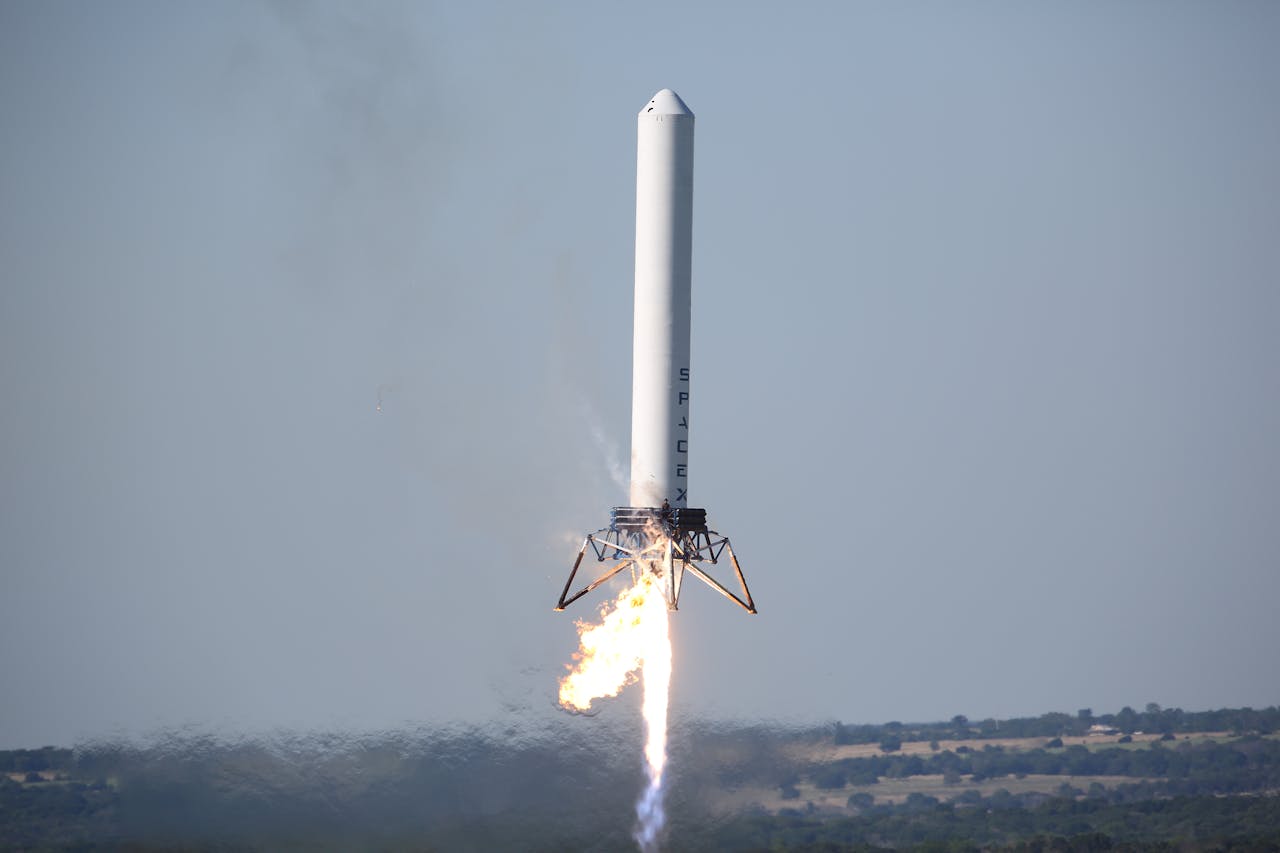The space industry is undergoing a seismic shift. Once dominated by government agencies and a handful of aerospace giants, the sector is now teeming with startups, venture capitalists, and private innovators. As we move through 2025, a confluence of technological breakthroughs, regulatory changes, and investor enthusiasm is reshaping the financial landscape of space. For startups, these trends present both unprecedented opportunities and complex challenges.
A Surge in Private Investment and Commercialization
The global space economy reached approximately $570 billion in 2023 and is projected to grow to $2 trillion by 2040. This growth is largely driven by private investment and the commercialization of space services. Companies like SpaceX, Blue Origin, and Rocket Lab have pioneered reusable launch technologies, drastically reducing the cost of access to orbit. This has opened the door for smaller players to enter the market with innovative solutions in satellite technology, Earth observation, and in-orbit services.
For startups, this means a more accessible entry point into the industry. Lower launch costs and a growing ecosystem of commercial partners allow new ventures to test, iterate, and scale faster than ever before. However, the influx of capital also means increased competition, making differentiation and strategic positioning more critical.
Regulatory Tailwinds and Government Support
The political climate in 2025 is proving favorable for space startups. The U.S. government, under a pro-growth administration, has introduced executive orders aimed at reducing regulatory friction and modernizing outdated space policies. These changes are designed to encourage private-sector participation and foster public-private partnerships.
Startups can benefit from streamlined licensing processes, increased access to government contracts, and clearer pathways for international collaboration. However, with deregulation comes the responsibility to self-govern in areas like space debris mitigation and cybersecurity. Startups must build compliance and sustainability into their business models from the outset.
The Rise of Infrastructure-as-a-Service in Orbit
One of the most transformative trends in 2025 is the emergence of orbital infrastructure-as-a-service. Companies are now offering platforms for satellite hosting, in-orbit manufacturing, and even space-based data centers. This shift mirrors the evolution of cloud computing on Earth, where startups no longer need to build everything from scratch. For new entrants, this means they can focus on specialized applications—such as AI-powered Earth analytics or space-based IoT—without the burden of developing full-stack space systems. The modularity and interoperability of these services are lowering technical barriers and accelerating time-to-market.
Investor Expectations and the Importance of Data
As more capital flows into the space sector, investors are becoming more discerning. They are looking for startups that not only have compelling technology but also clear business models, scalable operations, and robust risk management strategies. This is where thorough space investment quarterly investor reports come into play.
These reports provide transparency into a startup’s financial health, technological milestones, and market traction. They are becoming a standard expectation among venture capitalists and institutional investors. Startups that can produce detailed, data-driven updates are more likely to secure follow-on funding and strategic partnerships.
Strategic Collaborations and Ecosystem Building
The space industry is increasingly collaborative. Startups are forming alliances with established aerospace firms, research institutions, and even competitors to co-develop technologies and share infrastructure. These partnerships can accelerate innovation, reduce costs, and open new markets.
For example, a startup developing a novel propulsion system might partner with a satellite manufacturer to integrate and test its technology. Or a data analytics firm might collaborate with a launch provider to gain early access to orbital platforms. Building a strong network within the space ecosystem is becoming just as important as technological prowess.
Conclusion
The financial trends shaping the space industry in 2025 are creating a dynamic environment for startups. With increased private investment, supportive regulatory frameworks, and the rise of orbital services, the barriers to entry are lower than ever. However, success in this new era requires more than just a bold idea. Startups must be agile, data-driven, and deeply integrated into the broader space ecosystem.








